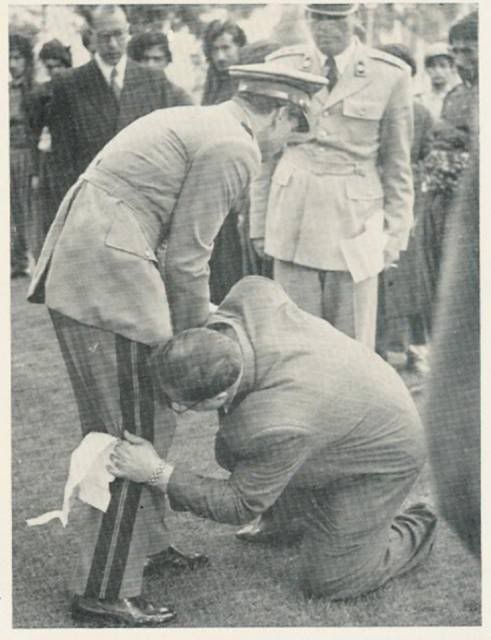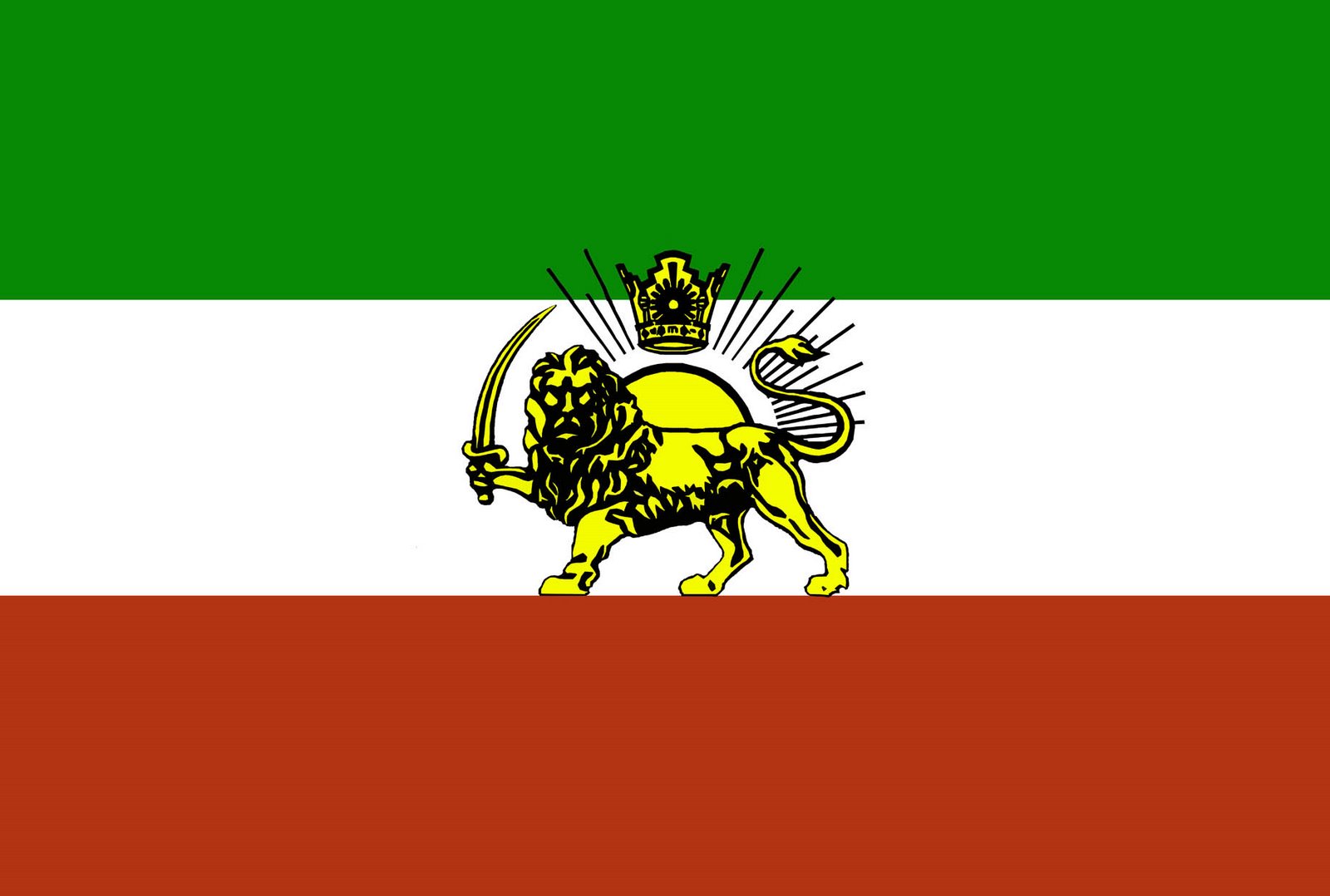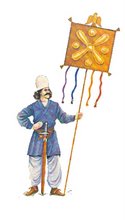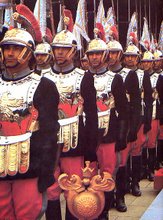
It seems some western journalists are coming to their senses. The figures speak for themselves and so does the current realities in Iran under the occupation of the Islamic Republic.
********
Today Shah's Iran doesn't look so bad
Eli Schwartz
''If these were his enemies, the Shah doesn't seem that bad. The severity of his regime pales by comparison to what followed.''
When making a radical change, good sense requires that you consider the alternative. In 1978, the coalition that overthrew the Shah of Iran consisted of the bazaar merchants who disliked the Shah's move to modernize the economy, including the merchandising sector; representatives of the Palestinian Liberation Organization who objected to Iran's recognition of Israel; the Tudeh, Iranian communist party; the Mujadin, composed of students following their fashionable new-left ideology and the misled intelligentsia; all these under the leadership of the Ayatollah Khomeini and his followers, fundamentalist Muslims who hated the Shah's regime for its tilt toward secularism, modernism, Westernization and America.
If these were his enemies, the Shah doesn't seem that bad. The severity of his regime pales by comparison to what followed. The revolutionaries held one-day secret mock trials, followed by next-day executions. Government officials and army officers went first, followed in short order by the Tudeh. Next came the suppression of the Bahai and the Zorastorians.
Of course, a large part of the Khomeini supporters, the majority of the students and the intellectuals, never expected such a violent purge. The Ayatollah had deceived them.
Of the many factors that eventually make for a better life, the Shah's record was quite good. Economic growth is always spotty, leaving some people behind. Nevertheless, the growth in Iranian per capita real income averaged around 6 percent a year over the 25 years of his government. It reached a peak of $6,700 in 1976, $6,400 in 1977, and fell to $5,400 in 1978, the year of the revolution. It averaged well below this level in all the years that followed. Now, with oil prices at a high 30 years later, it has reached the 1976 level.
Iran's record on education was notable. The literacy rate in 1955 was somewhere below 10 percent. The Shah's regime tried to make available primary school education covering 100 percent of the children. The literacy rate at the end of his time was about 80 percent. (Of course, the fundamentalists were enraged that the publicly funded schools were secular.) Much was done with higher education. The enrollment in secondary schools went from about 150,000 to 1.2 million students, and at the higher education level, enrollment rose from about 3,000 to 150,000 students (of whom 31 percent were female). In addition a goodly number attended U.S. and European schools under scholarships financed by the Pahlavi Foundation, i.e., the Shah's family fund.
The Shah's foreign policy was moderate and western-oriented. The Middle East is a turbulent area, but within his segment the Shah maintained a stabilizing influence. He tried to fend off Soviet encroachment and he established a sort of de-facto protectorate for the oil producing Persian Gulf states. At any rate for as long as his regime was in power, there was a period of stability in the region.
It is difficult to trace all the elements that led to the Shah's downfall. The Ayatollah Khomeini, the leader of the revolt was expelled from the country some years earlier. He first found refuge and muted encouragement in France. (Perhaps some resentment of American and British oil interests in Iran may have resided in France because their original place in the British French consortium that had first developed Persian oil had been displaced?) The Ayatollah's next sanctuary and place of encouragement was in Saddam Hussein's Iraq. Khomeini's incendiary speeches were taped, produced in volume and widely circulated in Iran. No doubt Saddam thought that if Khomeini deposed the Shah, Iran would be vitally weakened and Iraq could then move in and annex a province or two. (In fact, the ensuing Iraq-Iran war was a draw and a sad blood bath for both countries.)
The late Jeanne Kirkpatrick once made a nice distinction between totalitarian and authoritarian regimes. The Shah was at the most autocratic; he never brought his full powers to bear against the revolt. The Shah's American ally under President Jimmy Carter was inconsistent and President Carter proved himself completely inept. The growing Iranian middle and professional class should have supported the Shah, but they have told me, they were deceived by Khomeini. Sad. They neglected the ancient Hindu proverb, ''Do not ride to power on the back of the tiger.''
Eli Schwartz is professor emeritus of economics and finance at Lehigh University in Bethlehem.
























3 comments:
Indeed, I hope the liberal left wakes up from their racist delusions and stop cooperating with Islamic Republic for their own sake.
Aryamehr jan: with your permission I'm going to reprint this. Thanks for all the hard work you do. I saw your video in Shabanoo's website. Good job.
Dear Serendip, please do ;)
Post a Comment